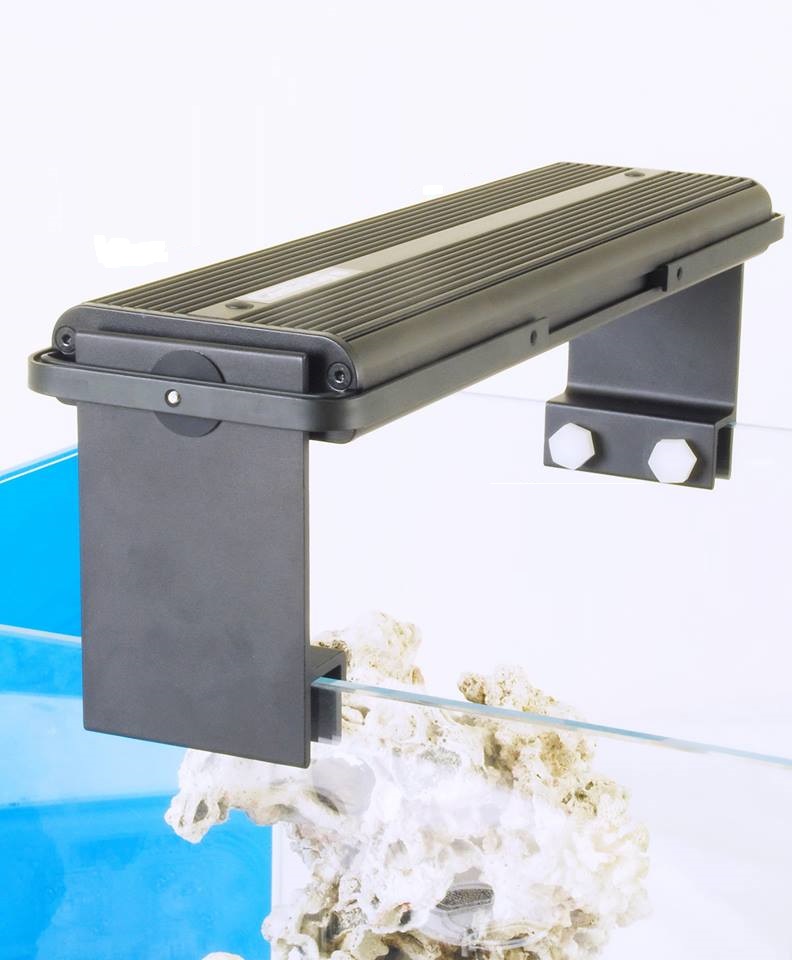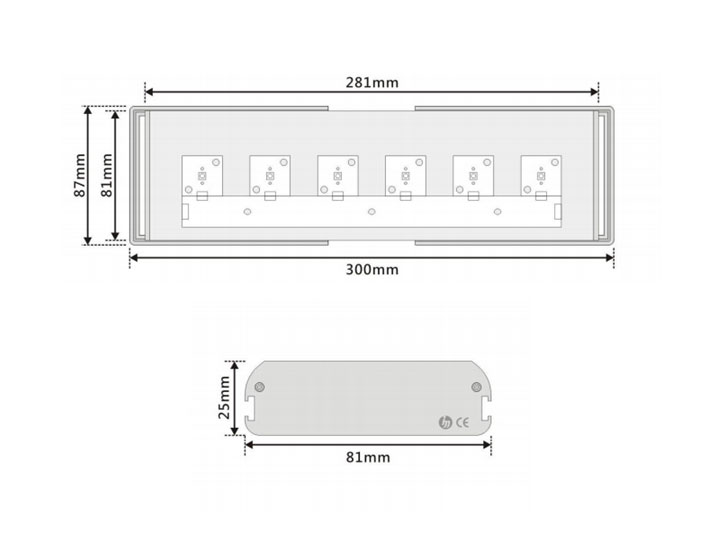Home
Other Lighting
Plant light
18W 1ft. Grow Lights
Product
18W 1ft. Grow Lights
TWD$ 23000
TWD$ 23000
specifications:
merchandise quantity:
Product Features
*USD$1=TWD$30 is applicable to the order delivered to
overseas destination
*Please contact: 18@diamontex.com for details.
* Quickly and easily remove the LED light board and adjust the spectrum according to the requirements
* Optical lens can be used depending on the light intensity needed
overseas destination
*Please contact: 18@diamontex.com for details.
* Quickly and easily remove the LED light board and adjust the spectrum according to the requirements
* Optical lens can be used depending on the light intensity needed
* Remote adjustment of light can simulate ecological situations based on plant growth cycle.
The supply of light is a key element for the quality of plant growth. This product can create the optimal environmentthrough the best combination of wavelength, intensity of light, irradiation period, and lighting conditions.
The supply of light is a key element for the quality of plant growth. This product can create the optimal environmentthrough the best combination of wavelength, intensity of light, irradiation period, and lighting conditions.
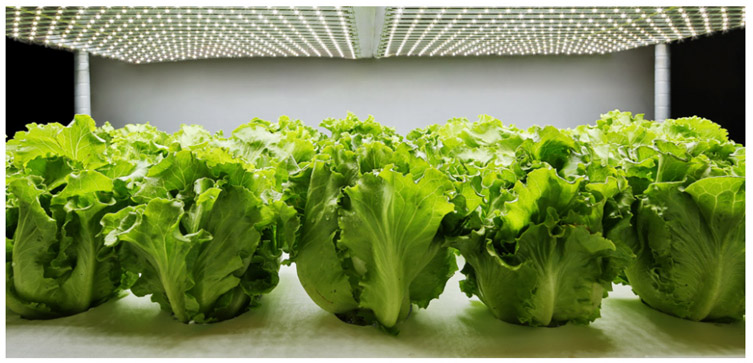
Why do I need Grow Lights?
Adjusting the characteristics of light can change the growth of plants. The spectrum, light intensity, and irradiation period can be well controlled and customized to create a suitable environment to achieve the goalin production, quality, efficiency, and safety, regardless of national boundaries and seasons.
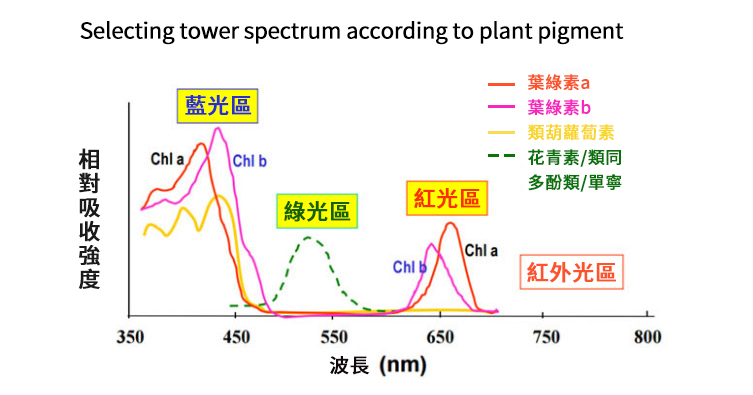

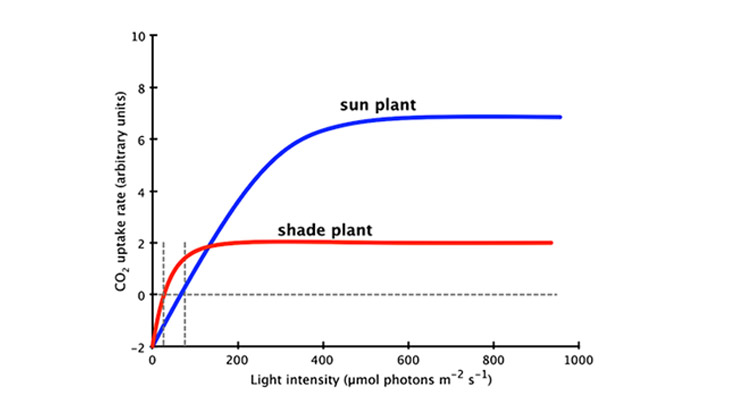
Light Intensity and Plant Relationship
Sun Plant:Strong light is required for photosynthesis, such as: chrysanthemum, narcissus, lotus, sunflower, sun flower, aloe。
Shade Plant:Not suitable for glare, such as: Nan Tianzhu, Ivy, Rhododendron, Camellia。
Shade Plant:Not suitable for glare, such as: Nan Tianzhu, Ivy, Rhododendron, Camellia。
Light configuration
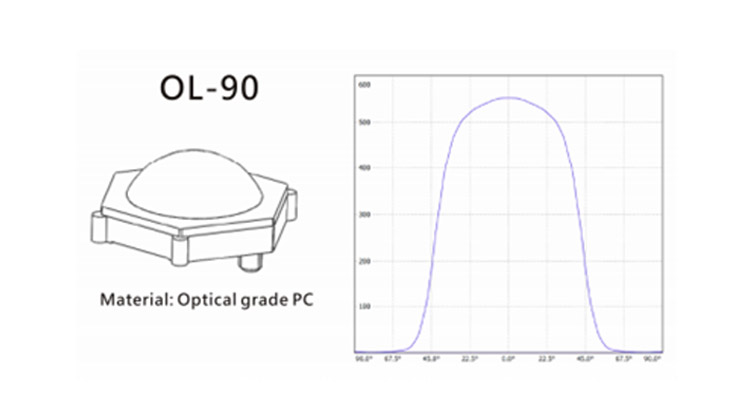

The angle and height of the light will affect the coverage of configuration, which determines the number of turns required for the lighting fixture; the following are the effects of the illumination angle and distance on the illumination range at 30cm, 60cm and 90cm.
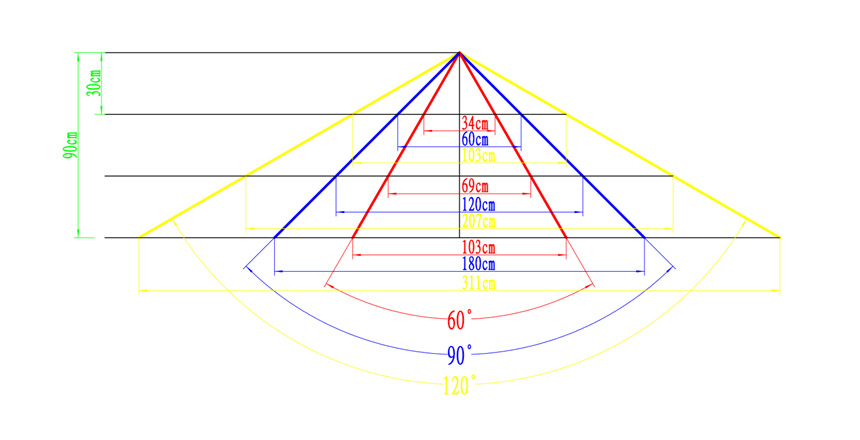
Standard Stand
The extension bracket can be quickly adjusted to secure the fixture to the shelf.
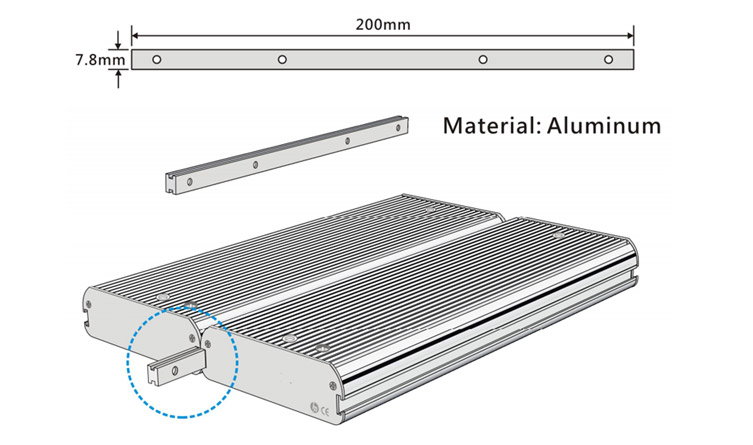
Products Can Be Connected
Flexibly adjust the lighting required for the planting space through the parallel connection of the products.
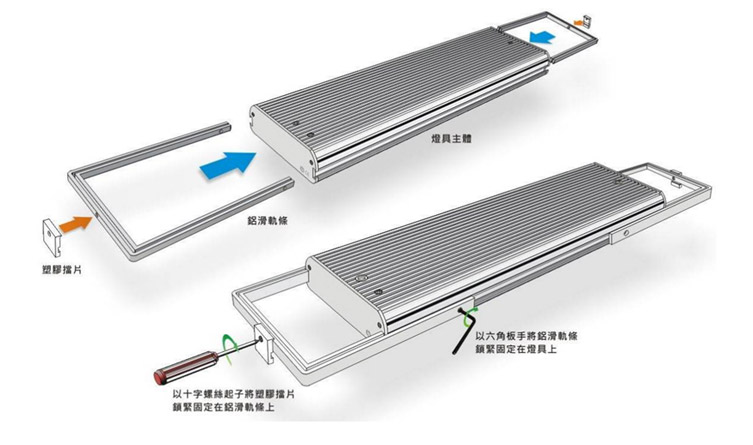
Effects of Photoperiod on Plants
The length of light and darkness affects the physiological phenomena of plants, called the photoperiod. The flowering and germination of some plants are affected by the daily photoperiod. This effect varies with plant species and can be divided into three types:
1. Long-day plants: Plants that bloom when the length of the light exceeds the critical day, such as: Arab mustard, spinach, wheat, corn, and beets.
2. Short-day plants: plants that bloom when the length of the light is below the critical day, such as: chrysanthemum, Christmas red and sheep, rice, morning glory, cocklebur, soybean, strawberry.
3. Day-neutral plants: Plants that are not sensitive to daylight, such as peas, corn, courgette, sunflower, and tomato.
2. Short-day plants: plants that bloom when the length of the light is below the critical day, such as: chrysanthemum, Christmas red and sheep, rice, morning glory, cocklebur, soybean, strawberry.
3. Day-neutral plants: Plants that are not sensitive to daylight, such as peas, corn, courgette, sunflower, and tomato.
The control of the photoperiod through the plant lamp can directly affect the germination, flowering, and the resulting production capacity, breaking the limit of the weather.
.jpg)




